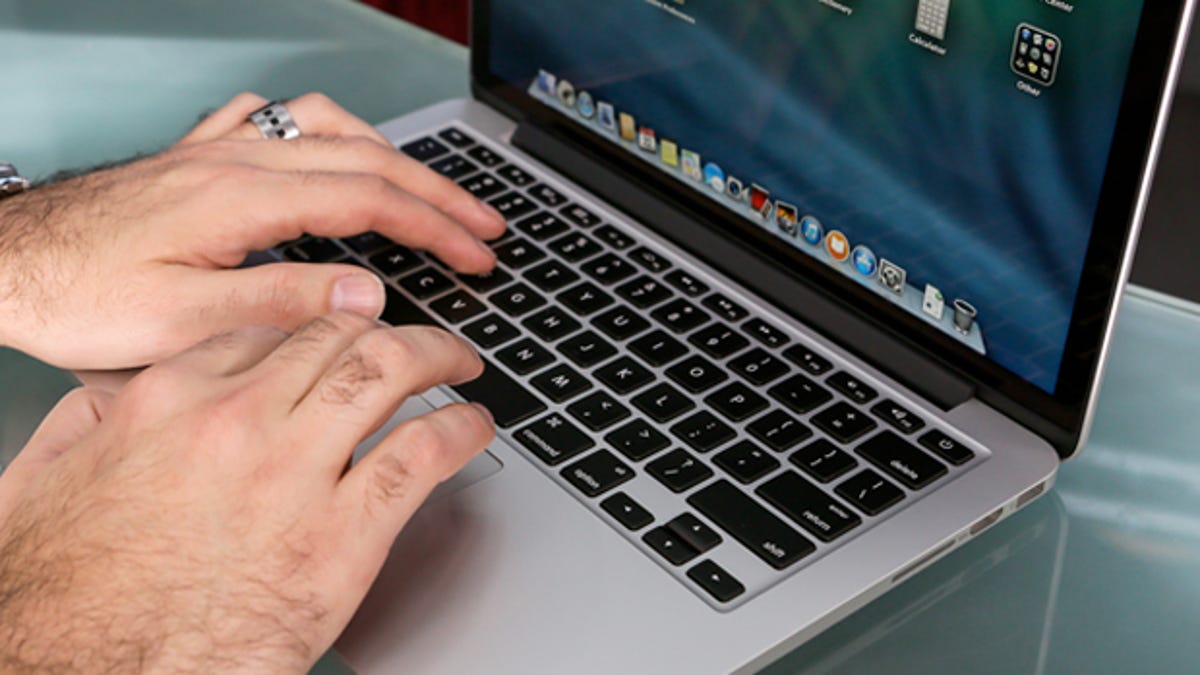Apple delivers OS X Mavericks update with Mail fixes
Apple improves Mail compatibility with Gmail, and fixes other security and compatibility issues in the first update to Mavericks, OS X 10.9.1.

Apple has released the first update to its OS X Mavericks operating system. The update, which Apple has been working on since before the initial release of Mavericks, offers the usual stability and compatibility fixes for the operating system, and is a recommended update for all who are using OS X.
The update 10.9.1 revolves largely around the use of Apple's Mail program and its integration with services like Gmail, and specifically improves the following features of OS X:
- Improved support for Gmail in OS X Mail, and fixes for users with custom Gmail settings Improves the reliability of Smart Mailboxes and search in Mail
- Fixes an issue that prevented contact groups from working properly in Mail
- Resolves an issue that prevented VoiceOver from speaking sentences that contain emoji
- Fixes an issue that prevented iLife and iWork apps from updating on non-English systems
- Addresses an issue that may cause multiple prompts to unlock "Local items" keychain
- Addresses an issue that may cause Japanese keyboards to retain a previously used language
- Resolves issue that prevents a Contact group name from populating the address field
- Includes Safari 7.0.1 (fixing VoiceOver, Shared Links, and form compatibility with common Web sites)
The update is available via the Mac App Store, and can be accessed through the Software Update service in the Apple menu. Apple also has a standalone update available that can be downloaded and installed manually. Since this is the initial update, only a "delta" update is available, so there will not be a standard "combo" update that commonly accompanies OS X updates.
On the OS X Mavericks 10.9.1 updates page, Apple has included a SHA 1 checksum for the download (currently the checksum is 07db93308b62c90b59c43ae075e2784ef8f20bfc). Here is how to use it to verify that the downloaded update has not been altered from that on Apple's servers. This is optional, but recommended to do before opening or installing any update where a checksum is provided:
- Download the update installer (in this case, it will be a DMG file).
- Open the Terminal and type "shasum" followed by a single space
- Drag the downloaded DMG file to the Terminal to complete the full path to it.
- Press Enter
After a second or two, the locally computed SHA checksum will be output, which you can compare against that on Apple's update Web page.
As always, if you are running OS X Mavericks, the update is recommended but be sure to fully back up your system beforehand. Use either Apple's Time Machine service, or a cloning tool to create a mirror backup of your boot drive, and then proceed with updating your system.
Questions? Comments? Have a fix? Post them below or
e-mail us!
Be sure to check us out on Twitter and the CNET Mac forums.

